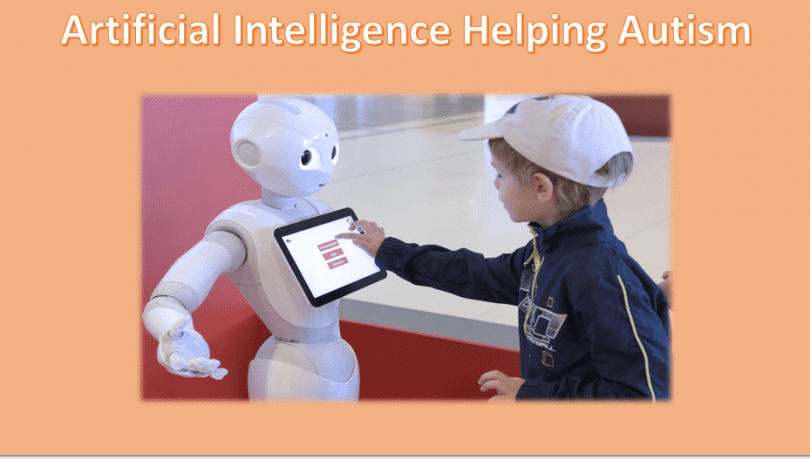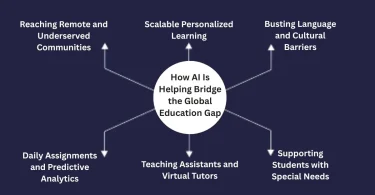What is Autism?
Autism is a developmental condition that affects a person’s capacity to communicate and connect with others and the outside world. Autism is a spectrum disorder that has varying effects on individuals. Autistic persons have their unique talents and flaws, just like everyone else.
What is Artificial Intelligence?
The word “AI” is commonly used to describe a variety of software applications, both accurately and incorrectly. It is typically employed to set “regular” programming apart from a category of programming that gains knowledge through interaction. Theoretically, apps and program powered by AI are more human-like than those powered by standard algorithms.
Artificial Intelligence Helping Autism
The use of artificial intelligence improves a doctor’s capacity for disease diagnosis, treatment, and comprehension. AI is used by medical professionals worldwide to treat common illnesses. On algorithms, AI is based. These computer applications manage both straightforward and challenging jobs, such as:
- Detection of Patterns
- Image Evaluation
- Making Decisions
The diagnosing process continues to be the biggest obstacle in the autism sector. Early disease detection is crucial for clinicians, but the signs and symptoms can be puzzling and difficult to recognize. This indicates that many autism patients go undiagnosed or receive a diagnosis much later than necessary. Others believe artificial intelligence will be helpful.
The AI algorithm makes predictions about whether the couple’s unborn kid would experience autism around one-third of the time, according to experts. If the performance of artificial intelligence increases, prospective parents might utilize the instrument to make adjustments before to conception to reduce particular risk factors. Or they could consult genetic counsellors to develop specialized drugs to change the characteristics of autism.
Making and teaching robots to communicate with autistic children is one of the most exciting uses of AI in treatment. Their goal is to offer autistic kids practice recognizing facial emotions, communicating with others, and effectively reacting to social cues.
AI-based apps are more affordable and simpler to integrate into regular households, schools, and therapist offices. There are a lot of autism-related applications available on the market that promote behavioral treatment and learning, but the most are just rather straightforward logical tools for adhering to a set of rules and rewarding yourself with points. Depending on the user’s mood, the AI app utilizes a series of activities to help them relax or respond correctly. After that, the model suggests exercises and then watches the child’s reactions to learn how to respond. You give it a framework to learn inside so it can think instead of coding with logic; eventually it begins to think more like a human.
AI is a new technique for treating autism, and there hasn’t been much research on how it works yet. While AI-based robotics and applications can aid youngsters in their learning, they do have some drawbacks.
Example:
Apps are designed to teach particular skills, like effective social communication, recognizing facial expressions, and eye contact. Even if some kids prefer interacting with robots over people, it’s not yet apparent whether such kids will be able to translate their interaction abilities to human playmates.




Leave a Comment